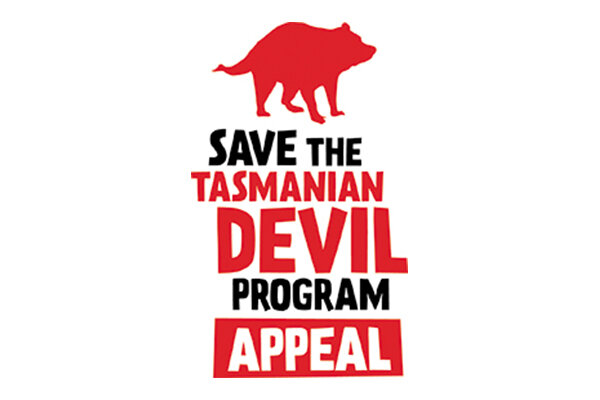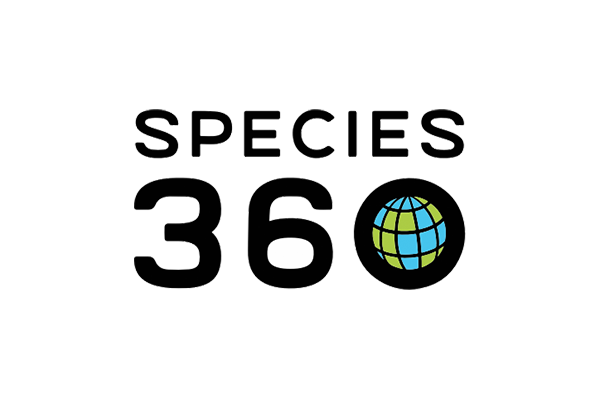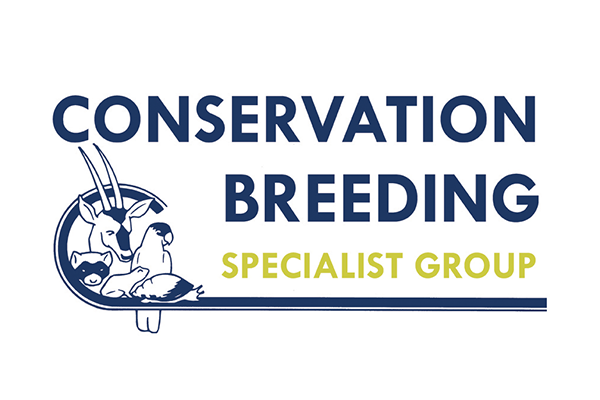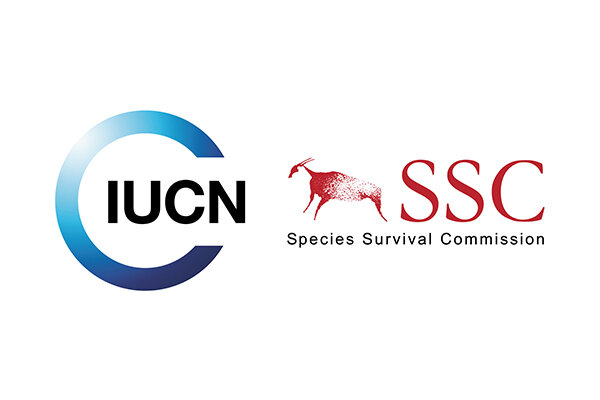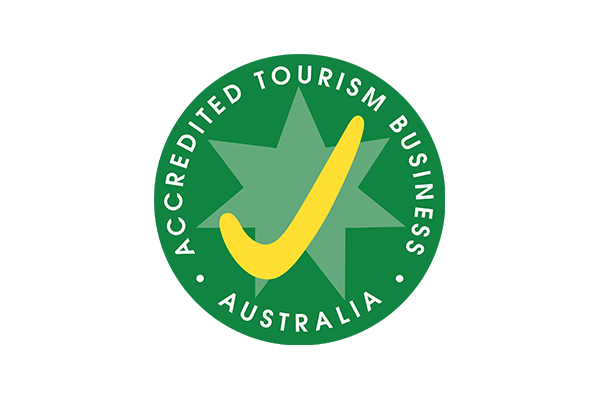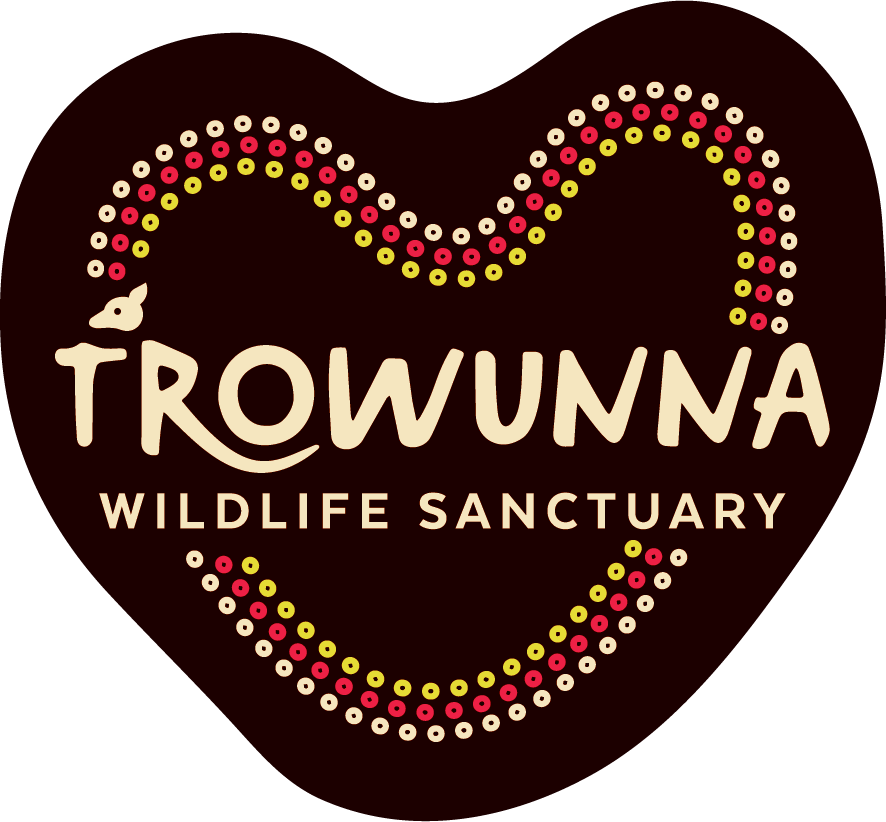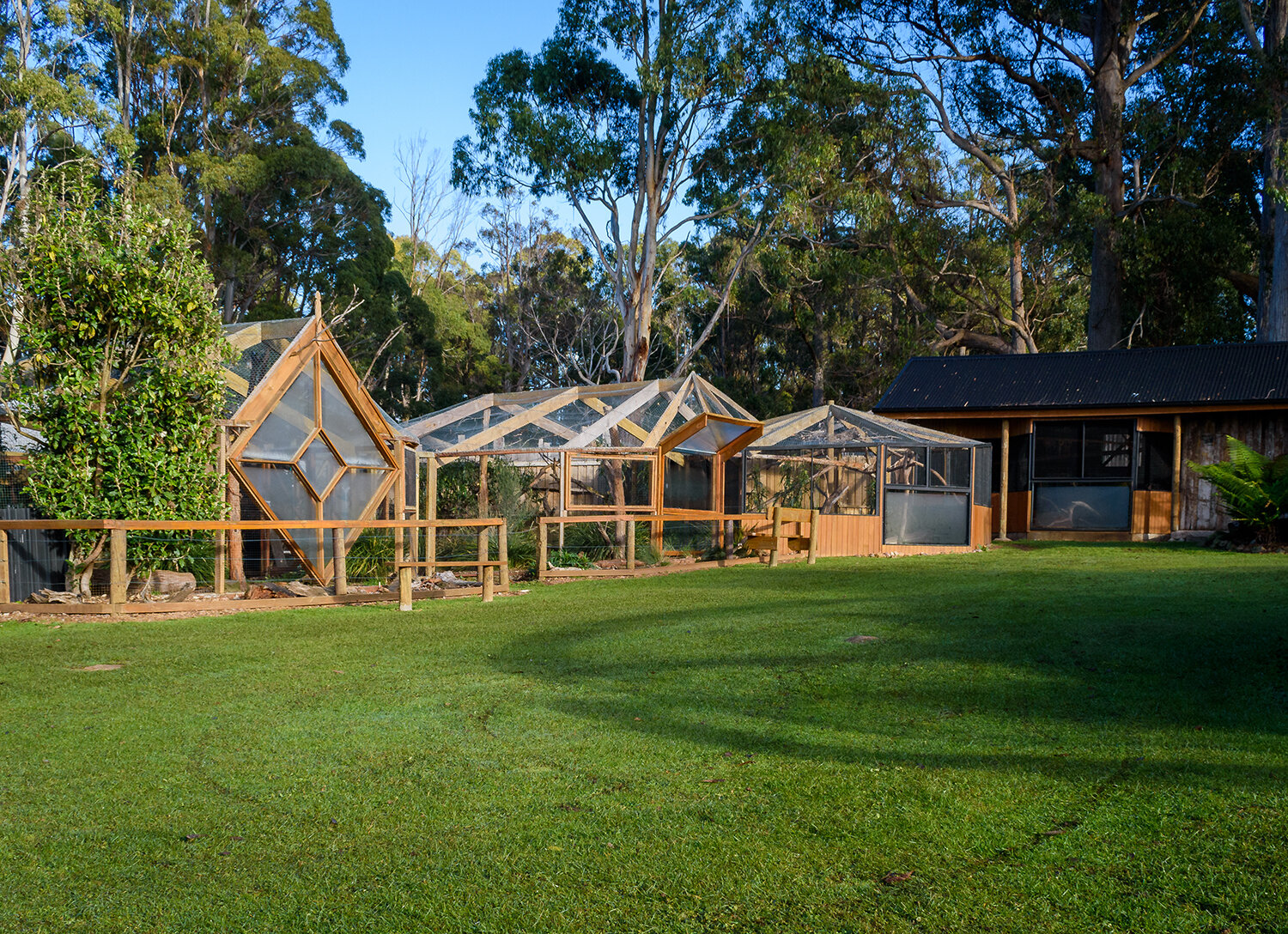
The Sanctuary
A conservation-based sanctuary for native wildlife
Trowunna accommodates for all types of fauna that occur naturally and pass through the region. The animals you see on display are there for one of several reasons: they are part of a breeding program; they are being rehabilitated for soft release; or they are unable to be released back into the wild and are given quality of life.
Trowunna consists of several micro-habitats perfectly suited to unique native fauna, enabling us to provide a haven for a wide range of Tasmanian native wildlife. Trowunna is an integral part of the larger picture of wildlife in Tasmania. Centrally set amongst varying environments, Trowunna provides respite to transient and migratory wildlife looking to travel through what are, sometimes hostile environments. Our location is a crossroad where animals from alpine, forested, and coastal regions can meet and traverse across safely.
The amphibian habitat is located in the wetlands at the top of the sanctuary and consists of a series of waterways that eventually lead to our lake, greeting lucky visitors with their beautiful concerto. Of Tasmania's eleven frog species our amphibian habitat is home to five different species including the Eastern Banjo (Pobblebonk) frog, Brown Tree frog, Common froglet, Spotted Marsh frog, and Tasmanian froglet.
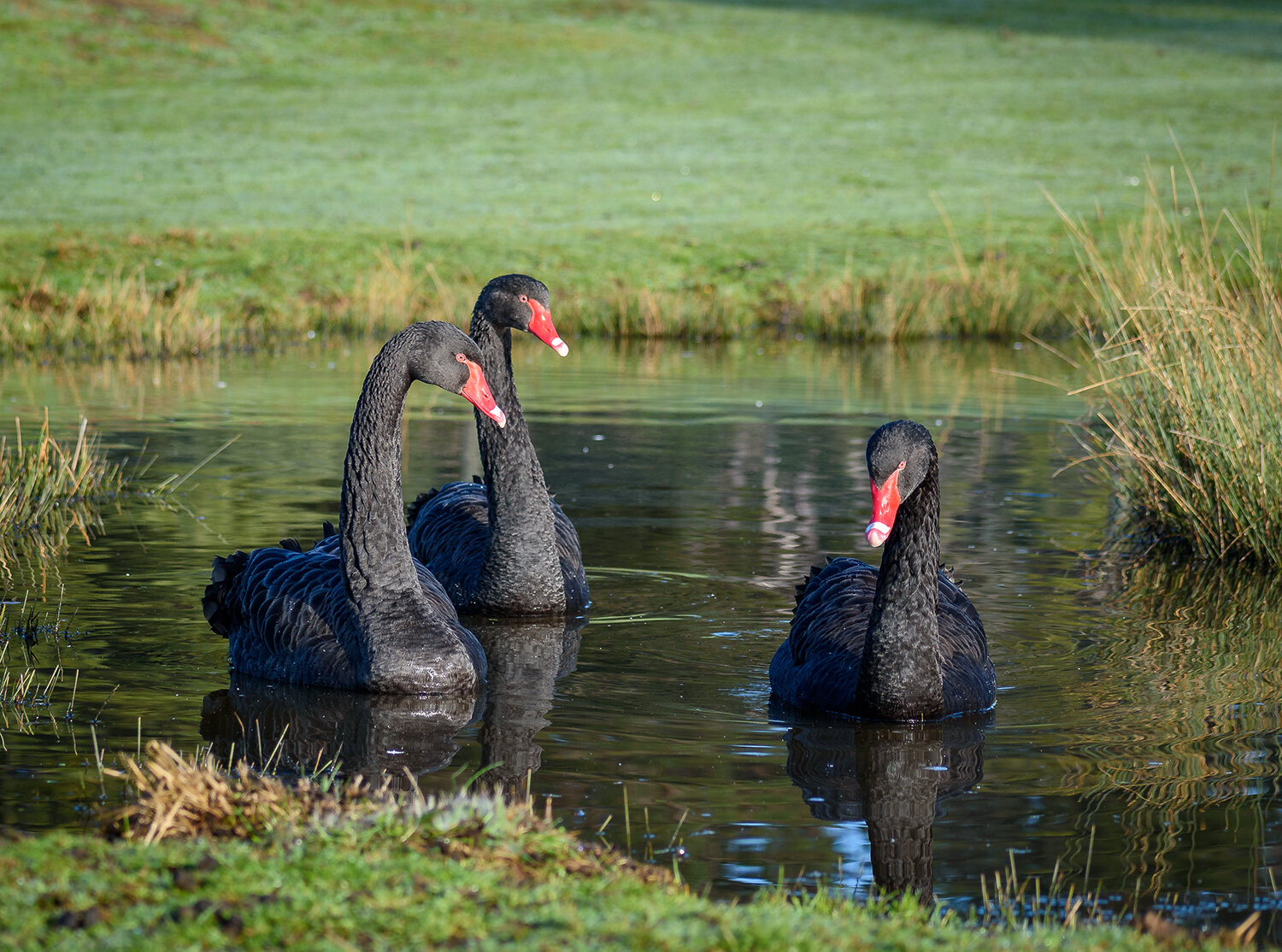
The lake provides for an array of water fowl, ducks, geese and swans, while giving visitors a brilliant view of Quamby Bluff and Mother Cummings peak on the Great Western Tiers. Alpine grasslands provide for our free ranging kangaroos, wallabies, wombats, birdlife, and reptiles, whereas our shrub-land is a natural haven for smaller macropods, such as pademelons, potoroos, and bettongs with bracken fern providing cover from predators.
The mixed sclerophyll forest is home to our Forester kangaroos, Bennetts wallabies and pademelons, giving you the opportunity to see these wonderful macropods in their natural habitat. With natural ground cover and den sites for our free ranging wombats, you will feel like you are at one with nature amongst the trees. Be sure to keep your eyes out for flicking ears, as this is the best way to spot them as they blend into the bark and ground cover.
Outside the sanctuary perimeter we have over 10 hectares of untouched bushland which acts as a wildlife corridor. This enables our animal friends a safe space to rest or to make their home. This area is falls under the Land for Wildlife program.
“Trowunna is such a unique environment that native animals are naturally drawn to the sanctuary, with the knowledge that they are among friends.”

The sanctuary is situated on 85 acres of natural vegetation including giant eucalypts, acacias with kangaroos, pademelons, wallabies, potoroos and wombats roaming around the sanctuary at their leisure. Bird species that you can view include Goshawk, Falcon, Honey Eaters, Wrens and Rosella to name a few and all nest within the sanctuary's forest. Other wildlife consists of quolls, bandicoot and bats mainly seen at night.
Rescue and release
Trowunna is committed to caring for injured and orphaned wildlife. The sanctuary becomes a release site for many of these animals through a process called 'soft release'. Releasing straight into the wild, known as 'hard release', often does not work because the animal has lost some of its wild instinct. Soft release is where we care for the animal at the sanctuary and after a while, let it roam freely around while we monitor their progress. Release into the wild after this process is much more successful.
Some animals will never be able to be released into the wild. These animals find a home at Trowunna. As you walk around the sanctuary, you will find some of the bird enclosures empty. This is because these birds are able to come and go as they please. If the animals are with us for their whole life, we give them the best possible quality of life we can.
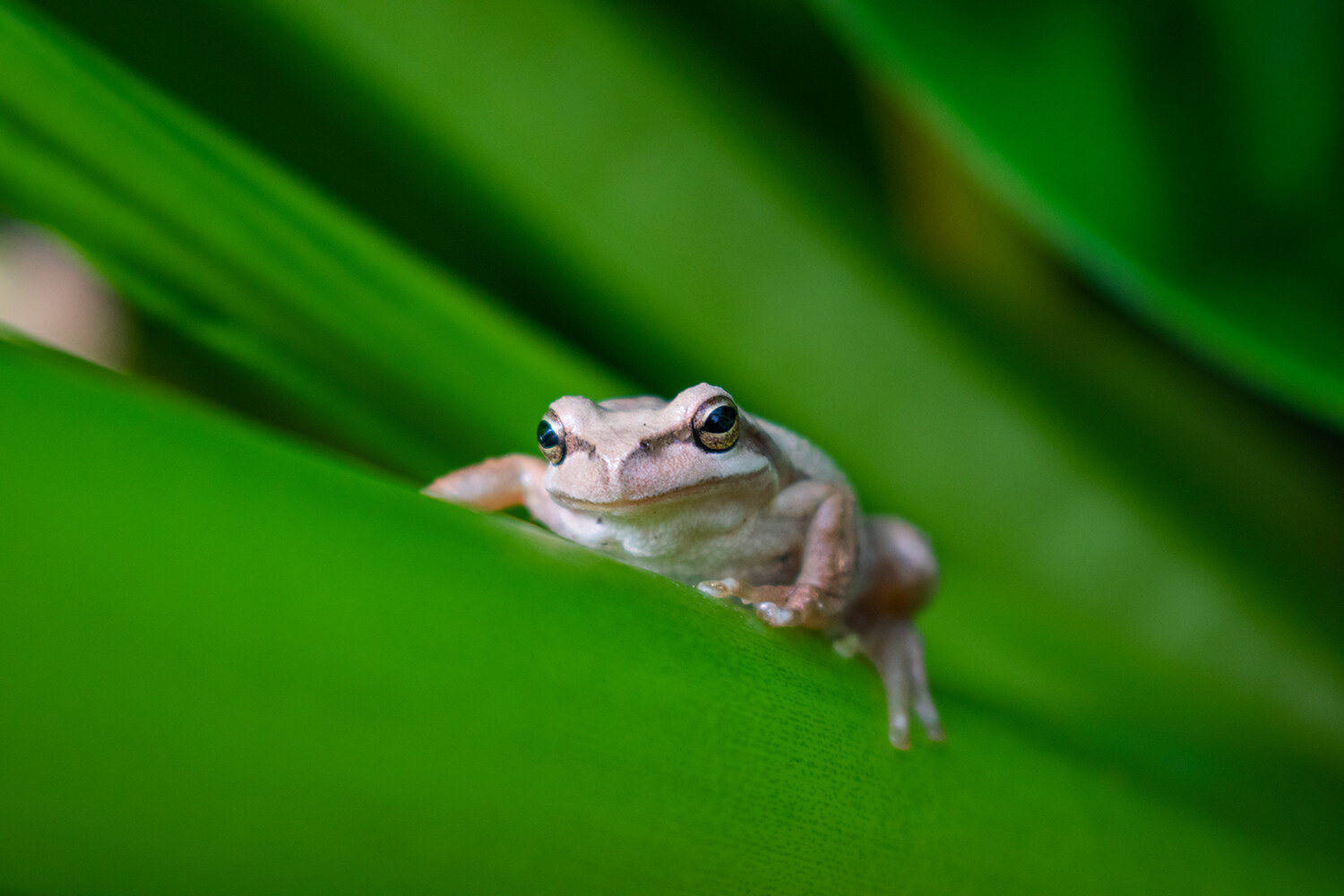
Some of our rescued and released animals include:
Tasmanian Bare nosed wombats
Forester Kangaroos
Spotted Tailed Quolls
Eastern Quolls
Birds of prey
And many more…
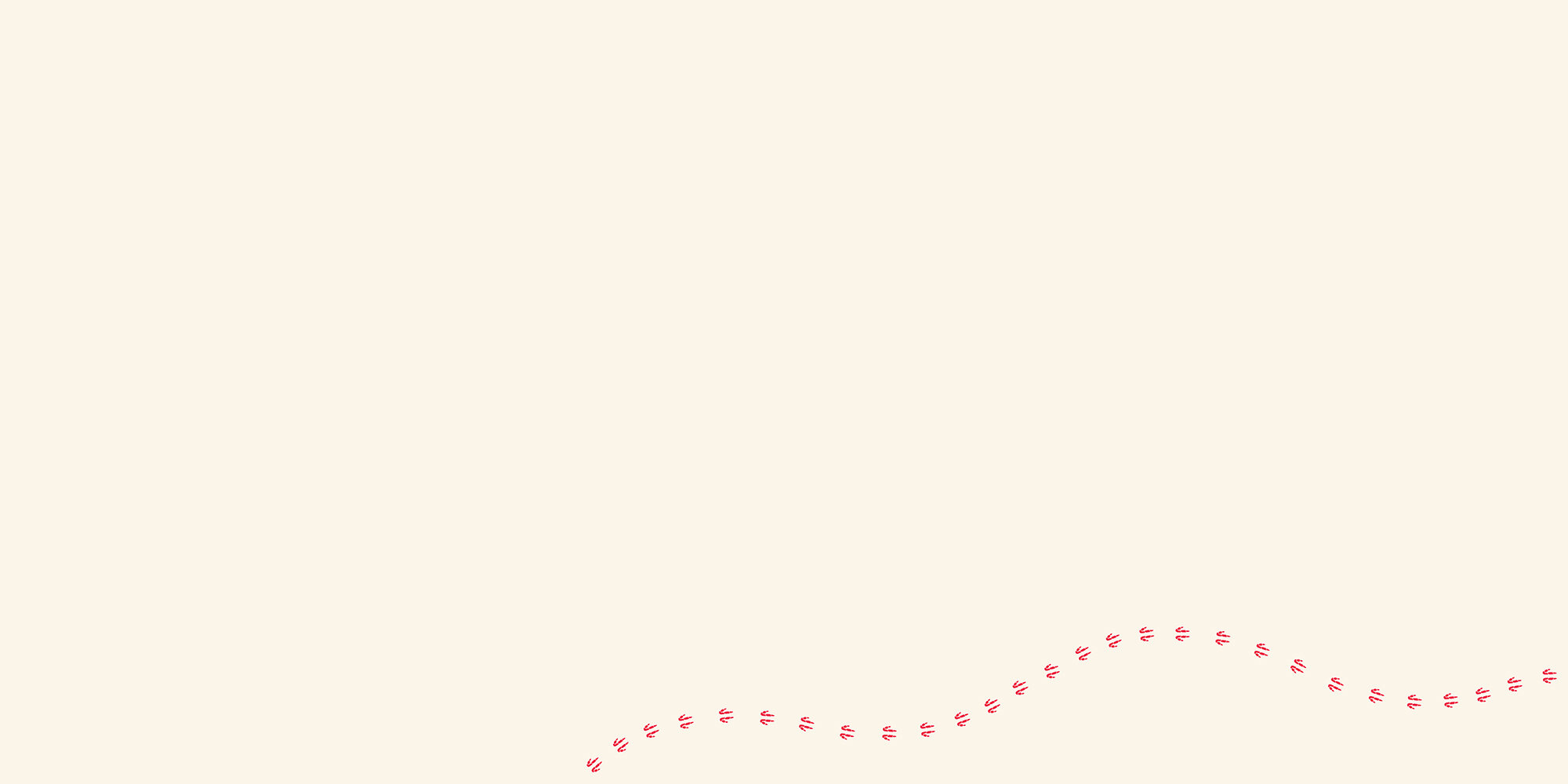
Animal Tales
Over our 40 years of being a Sanctuary, we have had large numbers of orphaned and rescued animals come into our care. Each of these animals has its own unique story, some of the lucky ones are rehabilitated back to the wild and only stay with us for a few weeks other remain in our care for their whole of life. There is the story of our wedge-tailed eagle who has been with us for 35 years, but you will have to come and join us on one of our free interactive tours for
Please follow the link below to watch some of our releases back to the wild videos.
Affiliated Partners

